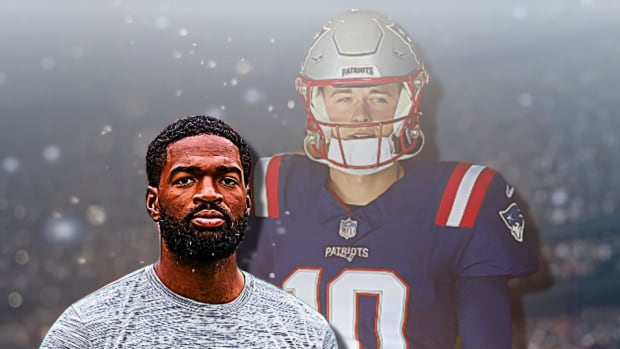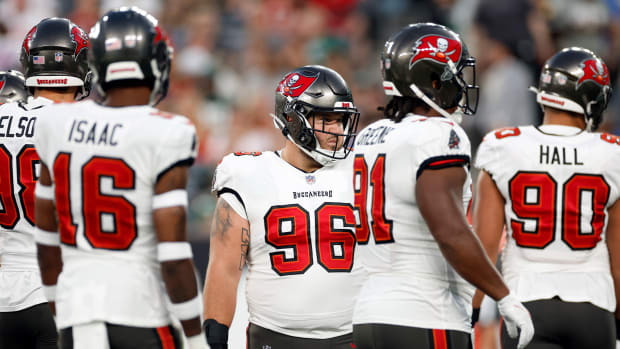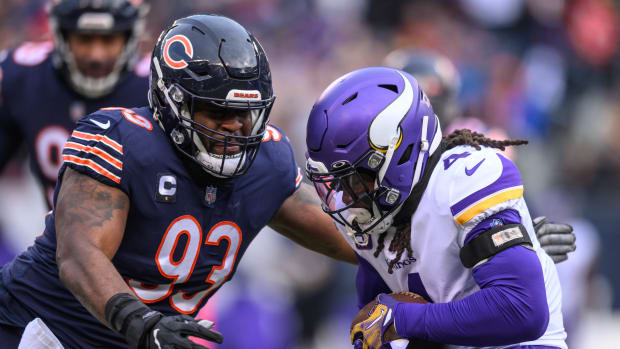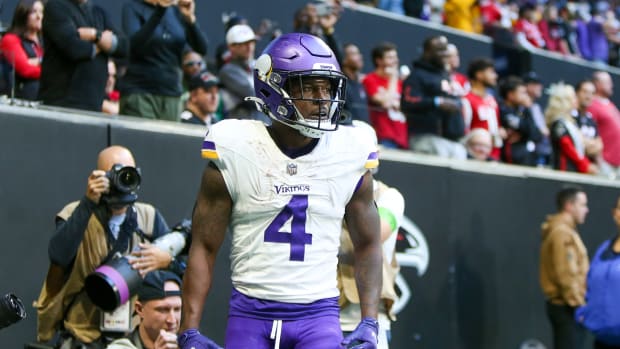Part three of O.J. doc continues with nuanced look at car chase, trial
Your teams. Your favorite writers. Wherever you want them. Personalize SI with our new App. Install on iOS or Android.
Part 3 of O.J.: Made in America ramped up the intensity, taking us through O.J. Simpson’s infamous Ford Bronco car chase, and the stage for his explosive trial.
Let's jump right into the action with some takeaways from another gripping episode of the documentary. (Here are the takeaways from Part 1 and Part 2.)
1. Could anything like Simpson’s car chase happen today? I found myself absolutely glued to the TV, as if the event from 22 years ago was happening right now. Even after having watched I couldn’t believe it happened. I mean, Simpson’s car chase was less of a chase and more of a celebration. I couldn’t believe the hundreds of fans who stopped their cars to cheer on O.J. as he fled from police. SI’s Michael McCann tweeted an amazing stat about how 95 million people watched the chase as it was happening.
The stat speaks to the cultural phenomenon Simpson was, and the craziness of the situation. This wasn’t something like the Super Bowl, a months-hyped event with built-in fans on both sides and large corporate interests. This was one man. And how amazing would it have been if social media were around for the chase? Think about how many memes we could have had that day.
2. O.J. attended Nicole Brown’s wake?! My goodness.
3. Through Parts 1 and 2, the documentary did a wonderful job laying the groundwork of the adversarial relationship between the L.A.P.D. and the black community in Los Angeles. That groundwork came to fruition in Part 3, when you could understand why there was so much negative sentiment toward the police. Of course, it helped that many people were willing to overlook the basic facts of the case, because the evidence was always overwhelmingly in favor of the prosecution.
Analyzing the O.J. Simpson trial before ESPN 30 for 30
4. Lots of coded racism when people in the documentary described who they wanted on jury. The prosecution not only felt that blacks were sympathetic to O.J., but that they wouldn’t be able to comprehend the evidence properly.
5. That last point brings us to what was one of the flashpoint moments of the doc: Prosecuting attorney Chris Darden’s attempt to keep detective Mark Fuhrman’s N-word usage out of the trial. I don’t know if Darden truly believed what he was saying—or if he was fighting Marcia Clark’s fight—but Darden’s attempts to explain why a majority black jury shouldn’t be exposed to the word were an insult to those people’s intelligence. If Darden truly did believe the N-word was so inflammatory, then Fuhrman’s use of it was important in the context of the trial. This was low-hanging fruit for Johnnie Cochran.
6. I’m always amazed when watching documentaries about trials. There is a certain brilliance to defense lawyers, even if the ends don’t justify the means. Switching the photos in O.J.’s house to make him appear more black during the jury visit was great lawyering.
7. Carl Douglas, one of the lawyers on O.J.’s team, is an absolute legend.
Inside O.J.: Made In America, ESPN’s best-ever 30 for 30 film
8. Let’s talk about Marcia Clark, the lead prosecutor, who doesn’t come off looking great in the documentary. Clark continues to point to the racial aspects of the trial as the reason she lost. I’m not going to say that didn’t play a role, but Clark held all the cards at first considering all the evidence against Simpson, and she just let the case slip away.
9. Ultimately, the racial themes explored in this documentary are what have been most fascinating. For nearly all of his adult life, Simpson eschewed the notion of his blackness. Even on the day of his chase, he was seemingly put off by the number of black people cheering him on in his own neighborhood. In the lead-up to his trial, O.J.’s “transcendence of race” afforded him certain luxuries (like a parade down the freeway) that probably wouldn’t have been afforded to people who were considered black. But once O.J.’s trial began, he needed his blackness back to help win his case.




































